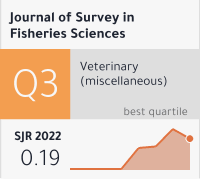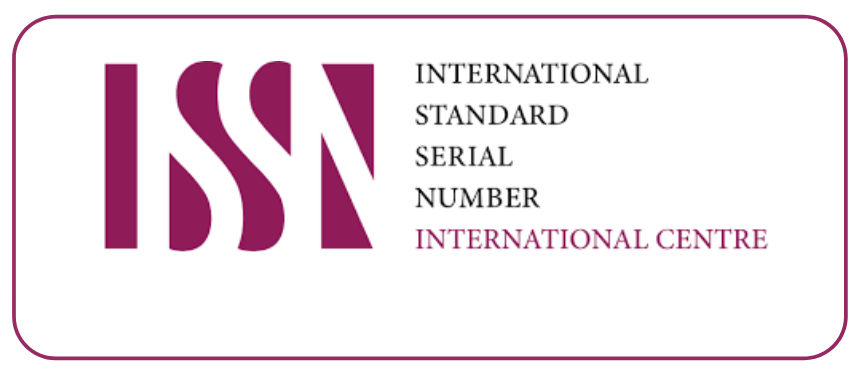Evaluation Of The Response Of Seed Rate To The Yield Of Lentil (Lens Culinaris) Varieties Under The Agro-Climatic Conditions Of Quetta
DOI:
https://doi.org/10.53555/sfs.v11i4.3065Keywords:
seed rate, agro-climatic conditions, lentils, Quetta, crop optimizationAbstract
Improving crop output requires optimizing seed rate, especially in areas with diverse agroclimatic conditions. This study looks at how varying seed rates affect the production of several cultivars of lentils (Lens culinaris) in Quetta, a semi-arid area with variable weather and little precipitation. The best planting density for each of the four lentil cultivars was tested using varying seed rates. Two growing seasons were used for the experiment in order to account for environmental variability. Based on seed rates, the results showed significant variation in yield, with both under- and overseeding resulting in insufficient plant growth and production losses. Varying seed densities required different seed rates to maximize output, highlighting the need to tailor planting density to the unique genetic characteristics of each variety of lentil. The findings suggest that lentil productivity can be significantly increased by adjusting seed rates according to local climatic conditions and varietal kinds. This research provides valuable data for lentil growers in Quetta and similar regions, along with actionable recommendations for increasing yields through optimal seeding rates. To evaluate the long-term effects of varying seed rates on soil health and overall agricultural sustainability in semi-arid settings, more research is suggested.









